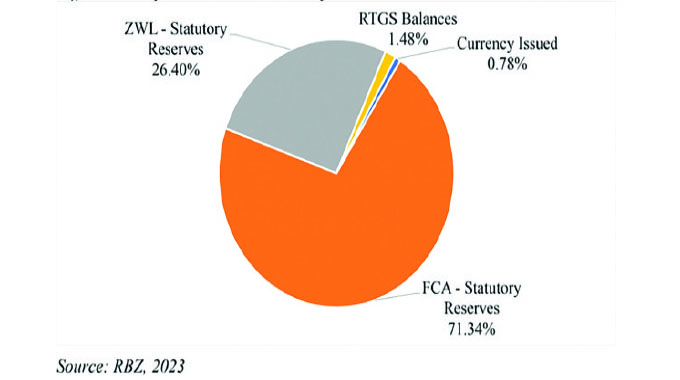CZI woos FDI

 Business Reporter
Business Reporter
PRIVATE companies from Zimbabwe’s manufacturing sector will next month visit European Union countries with a view to attract foreign direct investment. The visit is due to take place from January 21-31 in support of Government’s new five year (2014 /2018) economic plan dubbed the Zimbabwe Agenda for Socio Economic Transformation, FDI.
The Confederation of Zimbabwe Industries is co-ordinating the visit.
CZI said the manufacturing lobby group was committed to the success of Zim Asset, which has identified FDI as an important aspect of resource mobilisation to support the medium-term policy’s economic growth objectives.
“It is important that European Union investors and businesses are actively engaged so that they consider investing in as many sectors as possible.”
CZI said the engagements will take the form of small discussion groups with targeted investors and businesses.
The EU visit will then be followed up with an investment summit in April/May in Zimbabwe.
FDI inflows into Zimbabwe increased marginally from US$387 million in 2011 to US$400 million last year, according to global FDI inflow statistics published by the United Nations Conference on Trade and Development.
Since 2009, Zimbabwe has been registering steady growth in FDI inflows following the adoption of the multi-currency regime which stabilised the economy.
FDI has increased by 280 percent from US$105 million in 2009.
The southern African country desperately needs fresh foreign investment in virtually all sectors of the economy to rekindle economic growth following years of economic instability due to the impact of West-imposed sanctions.
Zimbabwe has been receiving limited inflows of foreign direct investment since embarking on the land reform and indigenisation programmes in a bid to address socio-economic imbalances resulting from colonialism.
Manufacturing is one of the economic sectors most affected by the decade of economic instability with industrial capacity dropping to record levels of an average of 10 percent before steadily rising to about 57 percent in 2011.
But industrial capacity has since last year been gradually declining once again in the wake of constrained access to affordable medium-to-long term finance with capacity utilisation falling to 39,6 from an average 44 percent.
The result of the low industrial production has been astronomical growth in exports, widening the trade deficit and current account position.
In the absence of significant FDI and export growth revenue inflows, the country has had to endure one of the most tight liquidity crises in what has seriously constrained the country’s progress toward economic turnaround.






Comments